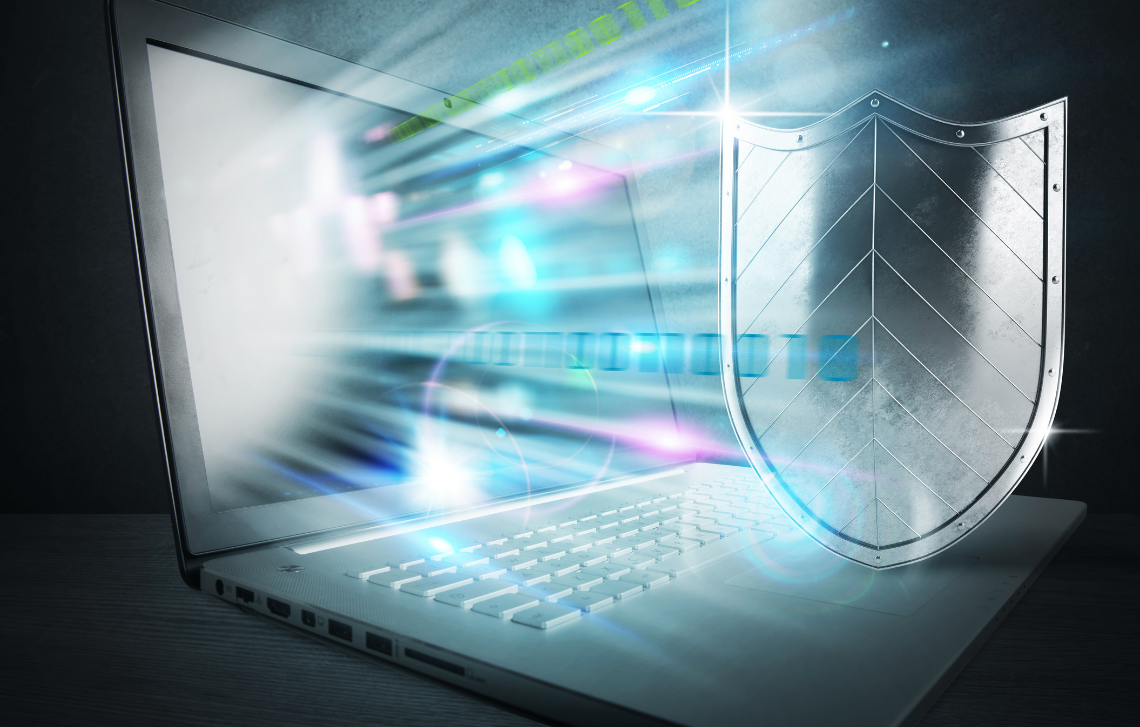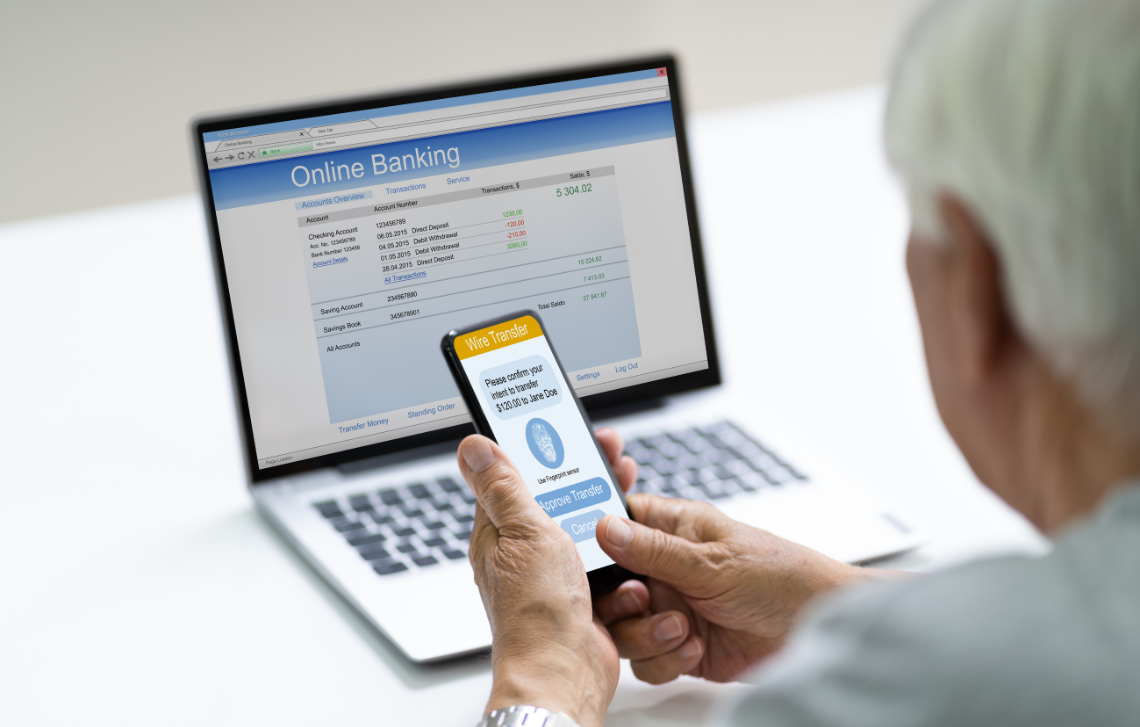Technology is a part of our daily lives. From work to play, we use computers and other devices to accomplish tasks quickly and efficiently. However, with the increase in cyber threats, it’s essential to know how to keep your family’s computers secure. Whether you’re a relative newbie or an experienced tech-savvy user, this guide will arm you with the knowledge you need to protect your family’s devices from malicious attacks.
Introduction: Why Computer Security Matters
As our lives move increasingly online, computer security becomes more and more important. Whether we’re talking about our personal information, our financial information, or just our general safety online, it’s important to take steps to keep ourselves secure.
For many of us, our computers are an extension of ourselves. We use them for work, for play, for communication, and for managing our lives. So it’s no surprise that they contain a lot of sensitive information. If that information were to fall into the wrong hands, it could be used to exploit us financially or even physically.
That’s why it’s so important to take steps to protect our computers and the data they contain. In this guide, we’ll go over some basic security measures that everyone should take to keep their computers safe. By following these simple tips, you can help keep your family’s computers secure.

Types of Cybersecurity Threat
There are many different types of cybersecurity threats that can target your family’s computers. Some of the most common include viruses, malware, phishing scams, and ransomware.
Viruses are malicious software programs that can infect your computer and spread to other computers. They can damage or delete files, and even render your computer unusable. Malware is similar to viruses, but it is usually less damaging and is often used to collect information about you or your family without your knowledge. Phishing scams are attempts by hackers to trick you into giving them personal information, such as your credit card number or social security number. Ransomware is a type of malware that can lock you out of your computer until you pay a ransom, usually in the form of cryptocurrency.
Fortunately, there are steps you can take to protect your family’s computers from these and other threats. Be sure to install antivirus and anti-malware software on all of your devices, and keep them up to date. Avoid clicking on links or opening attachments from unknown senders. And be careful what personal information you share online. By following these simple tips, you can help keep your family’s computers safe from harm.
Best Practices for Home Network Security
1. Keep your operating system and software up to date: Install security updates as soon as they become available. This will help close vulnerabilities that can be exploited by hackers.
2. Use a firewall: A firewall helps protect your home network from outside attacks. Make sure to configure it properly and keep it up to date.
3. Use strong passwords: Create strong passwords for all your devices and accounts, and don’t reuse them. A password manager can help you generate and keep track of strong passwords.
4. encrypt your data: Encrypting your data helps protect it from being accessed by unauthorized individuals, even if your device is lost or stolen.
5. Be aware of phishing scams: Phishing scams are attempts to trick you into revealing personal information or clicking on malicious links. Be suspicious of any email or message that asks for personal information or seems too good to be true.

Tips and Best Practices for Protecting Your Data
When it comes to protecting your data, there are a few best practices that everyone should follow:
1. Keep your operating system and software up to date. This will help ensure that you have the latest security features and patches.
2. Use a strong password, and never reuse passwords across different accounts. A password manager can help with this.
3. Use two-factor authentication whenever possible, as this adds an extra layer of security.
4. Be careful about what you click on and download. Always verify that links and attachments are from a trusted source before clicking or opening them.
5. Back up your data regularly in case of accidental deletion or hardware failure.

Keeping Your Children Safe Online
As the internet becomes more and more a part of everyday life, it’s important to make sure that our children are safe when using it. Here are some tips to help keep your children safe online:
-Talk to your children about internet safety. Let them know that there are people out there who might try to hurt them or take advantage of them.
-Teach your children to never give out personal information online, such as their name, address, or phone number.
-Make sure your children know not to open emails or attachments from people they don’t know.
-Explain to your kids that anything they post online, whether it’s on a social networking site or in a chat room, is public and can be seen by anyone. They should never post anything that they wouldn’t want the whole world to see.
-Help your children pick strong passwords for their online accounts and make sure they understand why it’s important not to share those passwords with anyone else.
-Monitor your child’s internet use. Know which websites they’re visiting and who they’re talking to online. If you see anything that makes you concerned, talk to your child about it.
How to Protect Against Malware and Viruses
One of the most important things you can do to protect your computer from malware and viruses is to install an antivirus program and keep it up-to-date. Antivirus software will scan your computer for potential threats and block them from infecting your system.
Another way to protect your computer is to be careful about what you download and click on. Only download files from trusted sources, and be cautious when clicking on links in emails or on websites. If you’re not sure whether a link is safe, don’t click on it.
You should also keep your operating system and software up-to-date. Manufacturers regularly release security updates for their products, so it’s important to install these updates as soon as they’re available. These updates can help patch vulnerabilities that could be exploited by malware or viruses.
Finally, create strong passwords for all of your online accounts and avoid using the same password at multiple sites. A strong password should be at least eight characters long and include a mix of uppercase and lowercase letters, numbers, and symbols. Avoid using easily guessed words like “password” or names of family members.
Creating a Strong Password Policy
A strong password policy is essential to keeping your family’s computers secure. Here are a few tips to create a strong password policy:
1. Use a mix of letters, numbers, and symbols in your passwords.
2. Make your passwords at least 8 characters long.
3. Avoid using easily guessed words like “password” or your name.
4. Change your passwords regularly, at least every 3 months.
5. Store your passwords in a secure location, such as a password manager or encrypted file.
Following these tips will help ensure that your family’s computer security is strong and up-to-date.
Conclusion
Ultimately, keeping your family’s computers secure is a matter of taking the right steps and staying vigilant. With our guide, you should have all the information needed to make sure your family’s PCs remain safe from harm and that their data remains protected. By following these tips, you can help ensure that your whole household stays secure online for many years to come.

















































